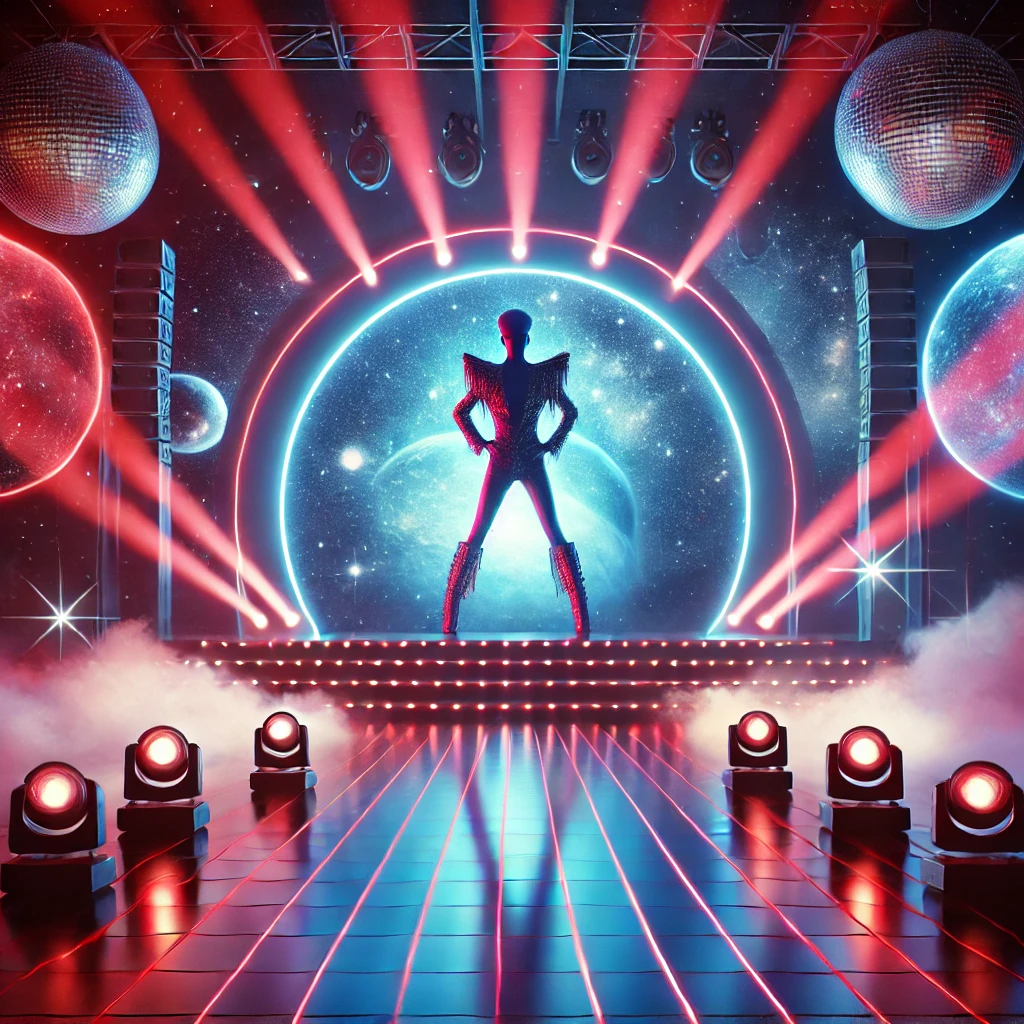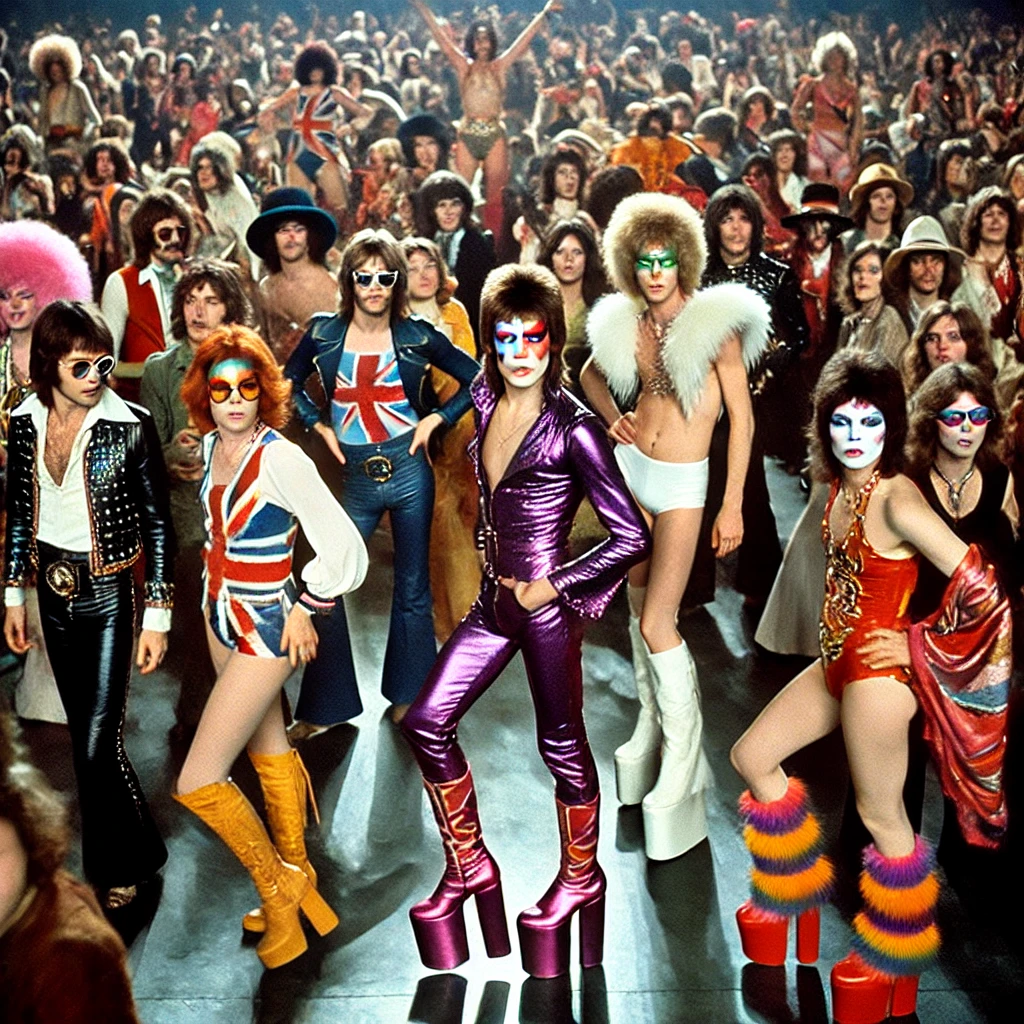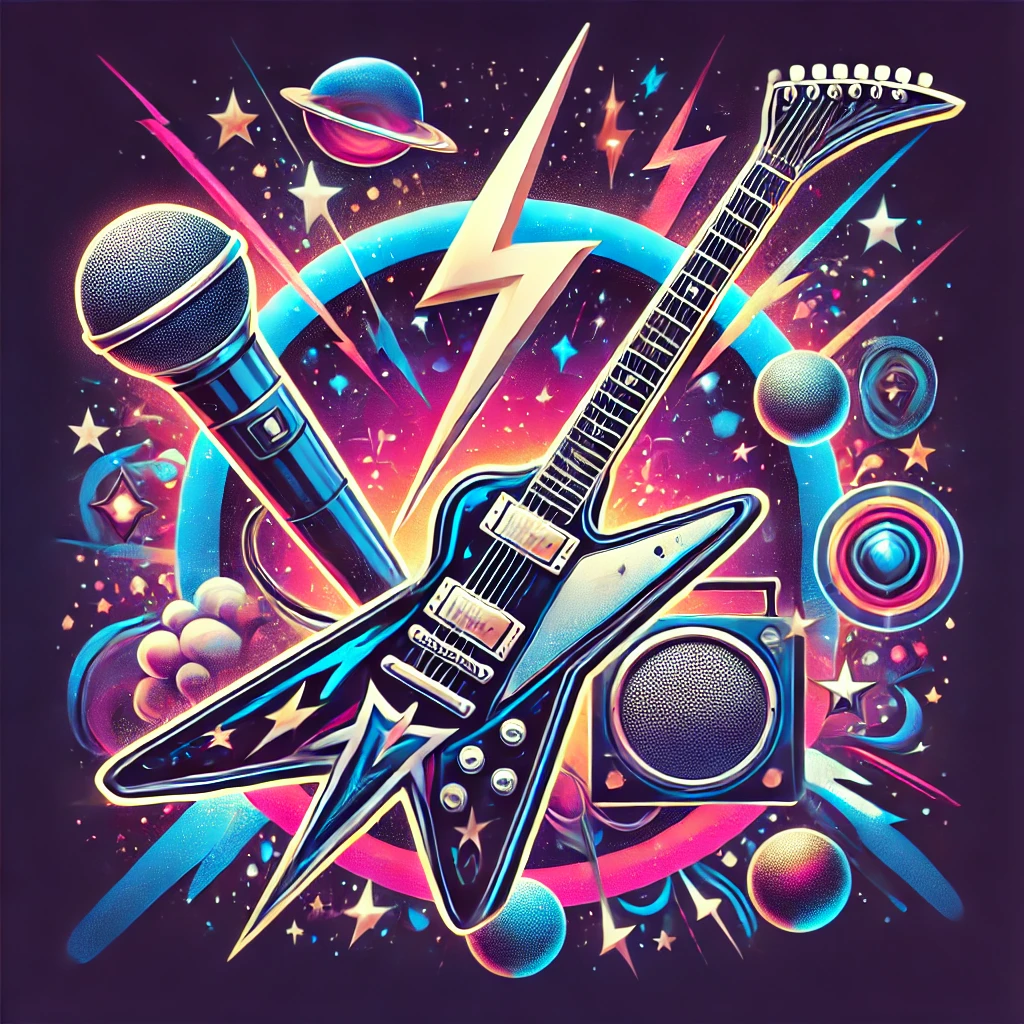On February 10, 1972, the iconic persona Ziggy Stardust, created by David Bowie, made its debut at the Toby Jug Pub in Tolworth, England, marking a pivotal moment in music history. Bowie’s electrifying performance as Ziggy captivated audiences and laid the groundwork for a cultural phenomenon that continues to inspire generations. With Ziggy Stardust, Bowie not only introduced a fictional rock star from outer space but also redefined the boundaries of music, fashion, and performance art.

The Birth of Ziggy Stardust
By the early 1970s, David Bowie had already shown his talent for reinvention, but nothing compared to what he unveiled that night at the Toby Jug Pub. Ziggy Stardust was more than just a character—it was an entire concept, blending glam rock aesthetics with science fiction and theatrical storytelling. With his striking red hair, elaborate costumes, and enigmatic presence, Ziggy represented a bold departure from traditional rock personas. His music, infused with themes of alienation and fame, resonated with a generation searching for identity and meaning.
The album The Rise and Fall of Ziggy Stardust and the Spiders from Mars, released in June 1972, solidified Ziggy’s place in rock history. Songs like “Starman” and “Suffragette City” became anthems of the era, while Bowie’s androgynous appearance and fearless self-expression challenged societal norms. Through Ziggy, Bowie explored themes of otherness, sexuality, and the fleeting nature of fame, making the persona both revolutionary and deeply relatable.

A Turning Point in Music and Culture
Ziggy Stardust was not just an artistic creation—it was a cultural shift. At a time when rock music was dominated by traditional masculinity and blues influences, Bowie’s gender-fluid, extraterrestrial alter ego pushed the envelope. His theatrical performances and bold visuals ushered in the glam rock movement, inspiring artists like T. Rex, Roxy Music, and later, new wave and punk musicians.
Beyond music, Ziggy Stardust had a profound impact on fashion and identity. Bowie’s extravagant outfits, designed in collaboration with Japanese designer Kansai Yamamoto, introduced a radical aesthetic that blurred gender lines and celebrated androgyny. This helped pave the way for greater acceptance of diverse self-expression in mainstream culture. The influence of Ziggy Stardust can be seen today in artists like Lady Gaga, Harry Styles, and Janelle Monáe, who continue to challenge norms and push artistic boundaries.
The Legacy of Ziggy Stardust

Bowie’s decision to retire Ziggy Stardust in 1973 only cemented the character’s legend. The farewell performance at London’s Hammersmith Odeon, where Bowie famously declared, “Not only is this the last show of the tour, but it’s the last show that we’ll ever do,” left fans in shock. However, Ziggy’s departure only added to the mythos, ensuring the character’s place in rock history.
Decades later, Ziggy Stardust remains an enduring symbol of artistic reinvention and fearless creativity. The character’s influence extends beyond music into fashion, film, and pop culture at large. Museums and exhibitions continue to celebrate Bowie’s genius, while modern artists still draw inspiration from Ziggy’s boundary-pushing legacy.
The debut of Ziggy Stardust on that fateful night in 1972 was more than just a performance—it was the beginning of a movement. Bowie’s vision transformed the music industry and challenged cultural conventions, proving that art could be limitless. As fans revisit The Rise and Fall of Ziggy Stardust and the Spiders from Mars, the spirit of Ziggy lives on, inspiring new generations to embrace their unique identities and push creative boundaries.
